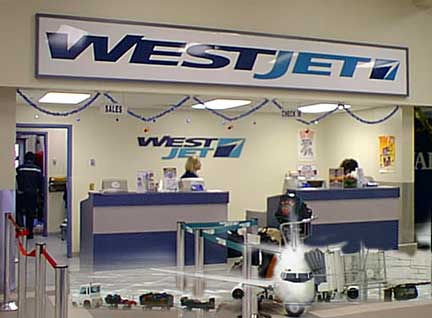
The West Rises Once More
FTLComm - Saskatoon
January 4, 2000
When Canadians first took to the skies there were, almost immediately two carriers
vying for passengers. The government owned TransCanada Airlines (later called
Air Canada in the bilingual Trudeau era) and Canadian Pacific. TCA
was located in Eastern Canada and CP in the West. Because of the distances
and needs of Western Canadians air travel in the West was to flourish and by the
late sixties three Western based airlines were doing fairly well. CP was doing
a fine job with a few Oriental international routes that earned well and a new upstart
line that had a good number of folks who traced their roots back to CP were
doing nicely with PacificWestern. "PDub"
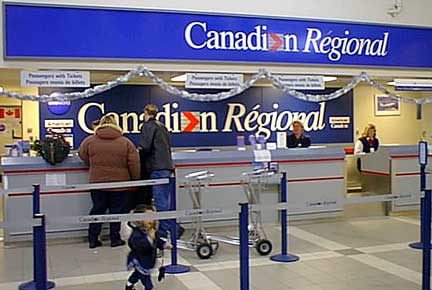 communities it served.
communities it served.The third Western carrier was Ward Air. Max Ward, a bush pilot had put together over the years an outstanding charter service that was putting heavy metal in the air and big money in his bank account.
Through the 70s these three did their best to handle the competition and keep the best flying machines in the air to keep themselves in a profitable position. But it was clear that as time went on
and when things were tight these three were trying to hard to make a go of it in a limited market place. PWA absorbed Ward Air and then began looking for ways to gain an edge. The solution was somewhat strange but they took all their aircraft and sold them, then leased back that same equipment With the money they were in a position to put a package together and from this project Canadian was established combining the routes, equipment and staff of PWA and CP.
It would take much more space and insight to explain why this effort didn't work but a quick guess might suggest that the original concept of "big is better" may simply not be the case when it comes to airlines. A decade earlier all three were doing okay, why then as a single entity they found themselves cash short and the company was floundering. The governments of Alberta and BC were willing to back them and they even got some assistance from the federal government. Then in a flash of inspiration they went South of the border for leadership and eventually followed their already losing strategy by forming an alliance with a monster American airline.
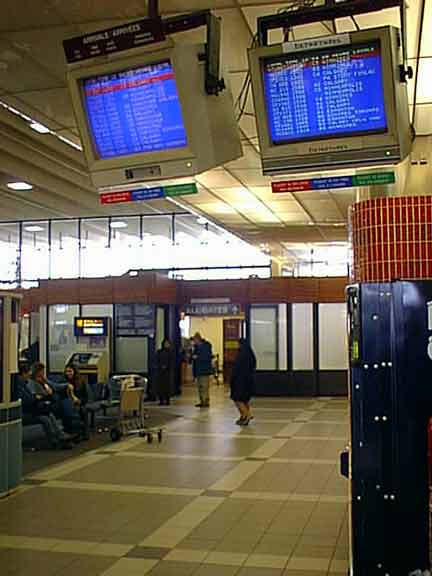 An act of parliament set Air
Canada free but determined that at no time could more then 10% of its shares
be held by a single owner.
An act of parliament set Air
Canada free but determined that at no time could more then 10% of its shares
be held by a single owner. With Canadian going broke ONEX a Toronto investment firm with loads of cash from American airlines wanting to gobble up all Canadian airlines proposed an Air
Canada merger with Canadian ignoring the legislation though fully aware of it. In due course a judgment pointed out this was a no-go deal and Air Canada put together its own little plan to buy up the struggling, money losing Western airline. It would appear the deal is going to go forward and the Canadian government and its rules and regulations to control monopolies have been set aside and the Canadian consumer is faced with one alternative.
Its funny though how things happen. The success of the original Pacific Western was based on some basic principles, go to the places that need you and provide outstanding service. So it appears that spirit and common sense approach has once again emerged and an upstart company called WestJet has taken to the skies wearing Pacific Western colours. To make an airline successful you have to have the customer trust you and that is not always an easy task.
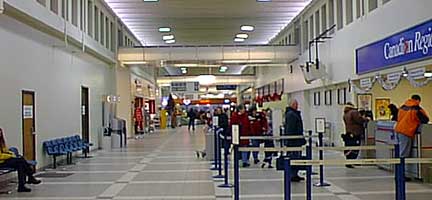
Over the years Air Canada has, because of its size
and leadership been less then user friendly to the point that many frequent fliers consider all other alternatives before boarding one of their flights. With Canadian being absorbed the flying public will transfer their attitude and be looking for anything other then Air Canada.
WestJet has launched their line using one and only one aircraft type. By using the sturdy and completely
To keep the price of the ticket down they are offering no frills flying without meal service. Serving Thunder Bay, Winnipeg, Regina, Saskatoon, Calgary, Edmonton, Kelowna, Prince George, Grand Prairie, Abbotsford, Vancouver and Victoria. A flight from Saskatoon to Winnipeg is only five dollars more ($108 including $12.50 in airport , air traffic control fees and GST) then to take VIA and travel by train from Hudson Bay to Winnipeg.
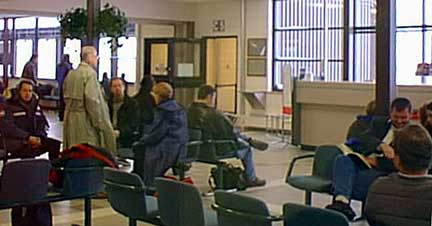
The company is putting together a subsidiary called EastJet. It might be instructive for them to consider the history of Western airlines before they get to carried away with "bigness". However, connections to Toronto and Montreal would make WestJet a true competitor to the Mighty and progressively American owned Air Canada. However, there is a word of caution. A good airline needs to earn a profit and keep its planes in shape, its staff happy and the consumer safe.
 Cut rate flying
is a myth and
Cut rate flying
is a myth andto remain viable this company must stick to its guns and not let itself get involved in merger mania or other projects like getting involved in regional lines with diverse equipment.
CP Air and Pacific Western Airlines (affectionately known as Please Wait Awhile) were supported and loved by their passengers because of the service and friendly attitude that was almost never ever a part of Air Canada. If WestJet can capture that emotional attachment, it can be assured of success and prosperity.